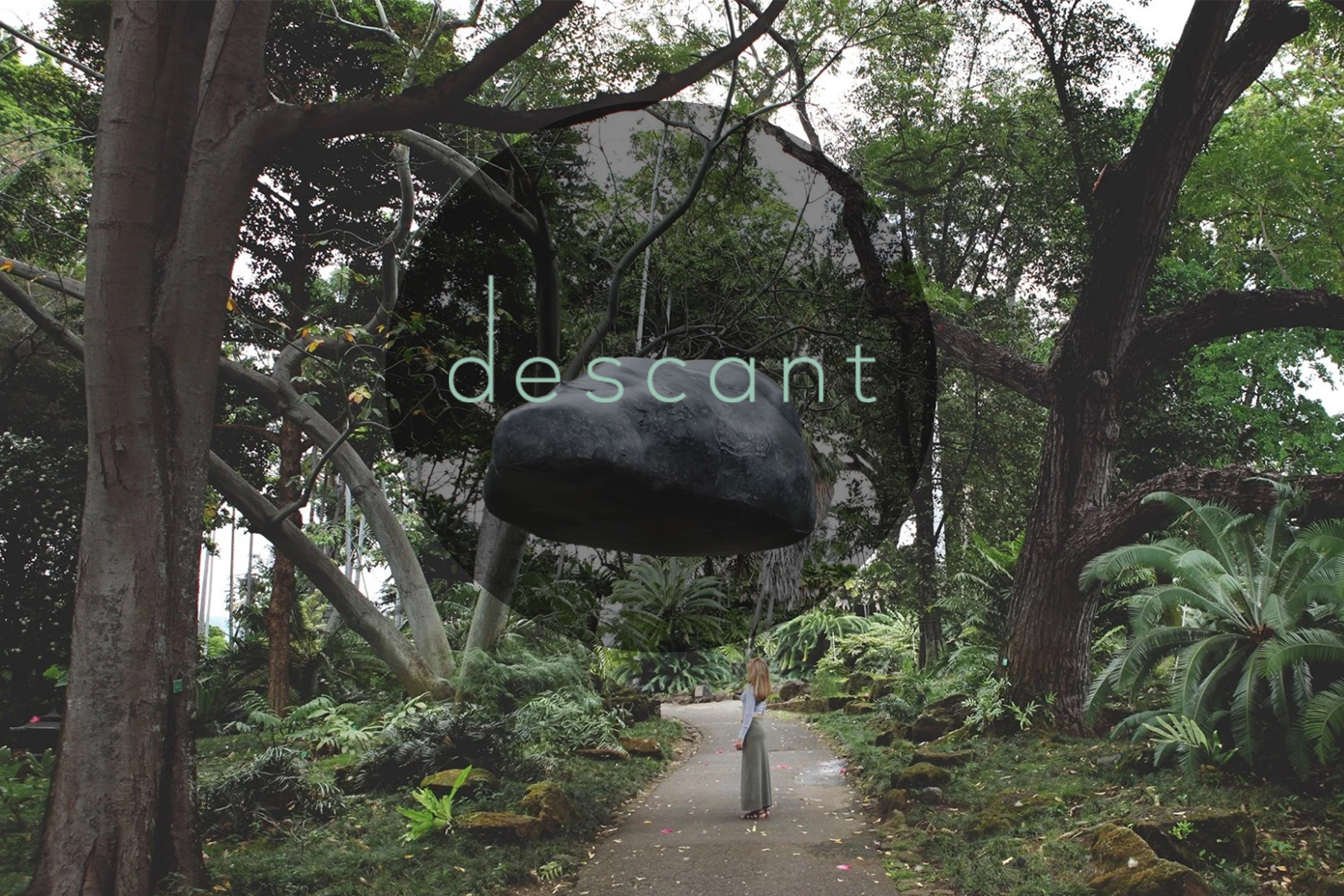Read “How a Hand is Made” on Verse Daily

This poem was born from the desire to write my own version of the creation myth—the need to re-imagine how a body is assembled as I was wrestling with a primal sense of guilt for tearing the idea of a body apart.
My series on How Things Are Made was written a year after the initial start to a manuscript revolving around the beginning and end of a relationship with all the destruction in-between. Within that relationship, two beginnings were created—one was never given the chance to continue to grow, and the other was able to mature and be born into a child.
The creation series first started germinating in my brain while reading the week by week rundown of how a human embryo is formed, how it grows into a fetus, how it matures. I’d read, for example: This week, your baby can sense light, though her eyelids are still fused shut. As each week turned into the next, a new milestone would be reached. I’d scour the internet for videos depicting the simulated growth of a bundle of cells into something resembling a human. It was a familiar exercise, one that I had done years before after deciding to stop the development myself. So, the poems were a way to take back a sense of control, I suppose.
That want for a sense of control played a major part in deciding the form of the poems. The rest of the manuscript was mostly free-verse and much in the spirit of praising the breath and the line like the poets I’d come to admire—C. K. Williams, for example, or Larry Levis. And the narrative and conversational tone of the rest of the manuscript hinted possibly toward Sharon Olds or Marie Howe. But the creation series, set apart and grouped together in the middle of the manuscript, needed more boundaries, more rules and thus the 14 line sonnet was adhered to. However, it wasn’t until the final editing process that the 14 lines were implemented. The original drafts floated in and around 14 lines as though they themselves knew the final outcome of how they would be molded. Poems know more than the poet from the get-go. In fact, it wasn’t until one of my trusted readers pointed out, “Hey, Shannon, I feel like these creation poems want to be American Sonnets, don’t you?” that I realized, Oh, yes! Of course they do.
It helped that I was also re-reading Rilke’s Duino Elegies at the time. Those 55 sonnets are ones that I return to again and again and their mystical properties certainly influenced in some way the tone of the How Things are Made Series. I was, after all, wrestling with a creator—the idea of creation.

Shannon Elizabeth Hardwick’s work has appeared in Salt Hill, Versal, The Texas Observer, Devil’s Lake, Four Way Review, among others. She is listed as a contributor of both poetry and prose in A Shadow Map: An Anthology of Survivors of Sexual Assault published by Civil Coping Mechanisms. She has chapbooks out with Thrush Press and Mouthfeel Press. Hardwick serves as the poetry editor for The Boiler Journal and her first full-length, Before Isadore, was recently published by Sundress Publications.
